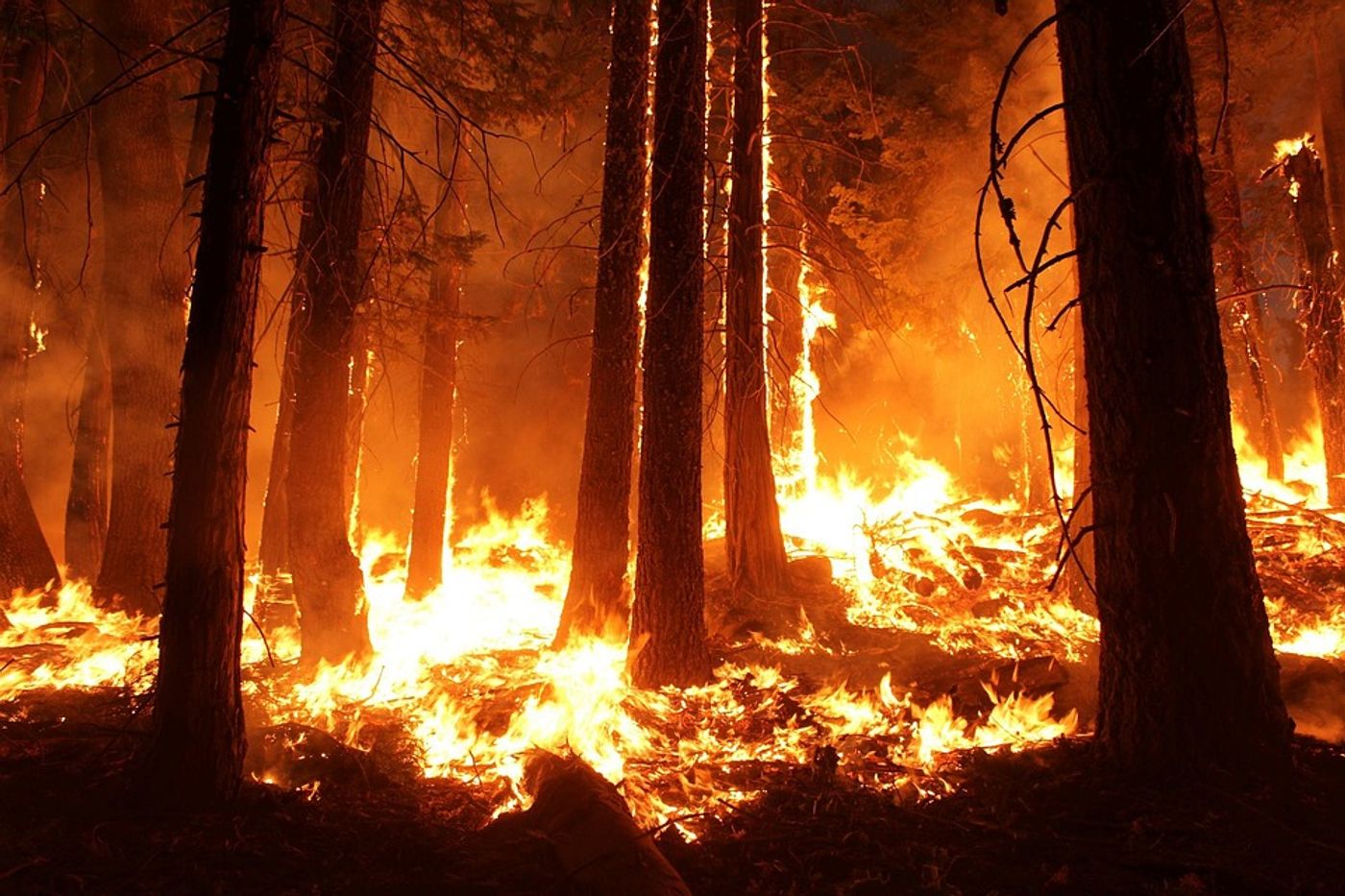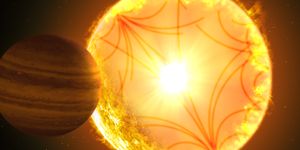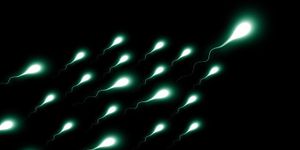Wet winters won't help California's wildfires
It makes sense that the more precipitation a winter brings, the less severe the following wildfire season will be. After all, more water doesn’t exactly make for the best wildfire conditions. Indeed, this correlation was seen for about three hundred years – from 1600 to 1903, according to a new study published in the Proceedings of the National Academy of Sciences. But the team of international researchers on the study determined that after 1904 the connection between winter moisture brought by the jet stream during winter and the severity of the following wildfire season weakened, and then disappeared completely after 1977. Why? That’s what the researchers wanted to find out.
To figure out the connection between California’s fire and moisture patterns and the position of the North Pacific jet stream, the researchers used instrumental and historical records of temperature, precipitation, and fires as well as dendrology to construct models of the region’s past climate, going back to 1600.
Lead author Eugene R. Wahl of the National Oceanic and Atmospheric Administration said, "The method we used to determine the average winter jet stream conditions is a real advance. Coupled with independent precipitation and fire records, this is a state-of-the-art coupling of paleoclimate and paleoecology."
With this method, the researchers determined that currently, it doesn’t matter how wet last winter was, California may still experience an intense wildfire season.
Co-author of the study Valerie Trouet, an associate professor of dendrochronology at the University of Arizona Laboratory of Tree-Ring Research surmised on the surprising results: "I didn't expect there to be no relationship between jet stream dynamics and fire in the 20th century. I expected it to be maybe weaker than before, but not to completely disappear.” But the research is clear: “[While] the moisture availability over California is still strongly linked to the position of the jet stream, but fire no longer is,” Trouet says.
That’s because fuel buildup from the 20th century has combined with higher temperatures from climate change to create the constant perfect environment for wildfires to rage. "It's not either climate change or historical fire management -- it's really a combination of the two that's creating a perfect storm for catastrophic fires in California," said Trouet.
So, what can we take from this research? The take-home point from the team’s findings really points toward how we implement fire management policy. If moisture isn’t a strong influence on wildfires and fuel is, we should be focusing more on controlling fuels, the authors say.
The authors hope to continue their research in order to determine how jet stream patterns interact with fire in other forested ecosystems up north.
Sources: Science Daily, PNAS









